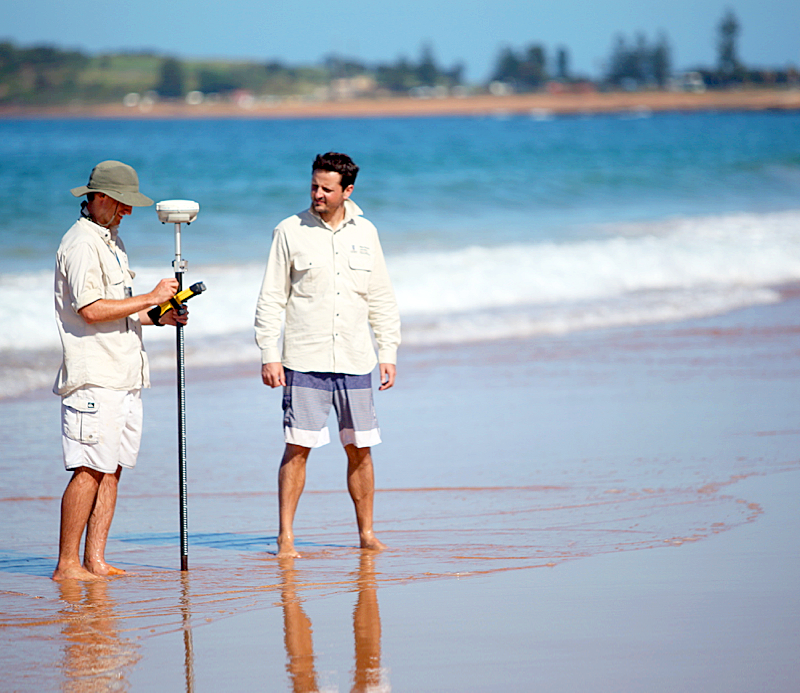UNSW Water Research Laboratory’s Dr Mitch Harley is an expert in coastal storms. Predicting last year’s east coast low that destroyed houses at Collaroy on Sydney’s northern beaches eight days before it hit, he was also one of the first to document the damage as it was occurring.
Recently, Harley has contributed to a new book
Coastal Storms: Processes and Impacts, that includes a chapter covering the issue of defining what exactly is classified as a ‘coastal storm’.
intouch: Can you give us a general overview of what we can find in the book? MH:
MH: The book aims to provide a thorough introduction for anyone seeking to better understand coastal storms and coastal engineering more broadly. It consists of 13 chapters addressing various aspects of coastal storms, from the detailed hydrodynamics and sediment transport that occurs during coastal storm conditions, coastal storm impacts in environments such as coral reefs, tidal flats, barrier islands and cliffed coastlines, numerical modelling of coastal storms as well as state-of-the-art techniques to manage and minimise coastal storm risk. Some 30 researchers contributed to the book from research institutes in Europe, the US as well as Australia.
Until last year, it was difficult to imagine storms of such destructive capability occurring on our coastline, as most days the beach is relatively wide and waves break far offshore. It had also been more than 40 years since the last severe coastal storm – well before the age of sophisticated coastal monitoring technology that we have today. What last year’s storm really brought home was that it only takes a couple of days for the beach to go from a healthy state with lots of sand on
it, to houses almost falling in the water. It also highlighted that there is plenty more work to be done if we are to better understand coastal storms and manage the coast in a sustainable way.
intouch: What motivates you in your work as a researcher?MH: I want to see the latest knowledge about climate change and management of coastal storm risk being translated into practical outcomes for society. In my work at
WRL I assist government groups to achieve policy and planning goals through development and implementation of on-ground adaptation strategies. We are particularly keen on communicating and sharing our research with the public, in the hope that people can learn more about and appreciate the dynamic nature of the coast. We now have a website (
http://www.narrabeen.wrl.unsw.edu.au) that allows anybody to browse our latest beach measurements as soon as we come back from the field, which I think is a great initiative.
Dr Mitch Harley is part of a team of WRL engineers and associates presenting a Coastal Engineering Short Course on the two days prior to the 2017 Australasian Coasts & Ports Conference in June this year, in Cairns QLD. Course attendees do not need to be registered for the Coasts and Ports Conference.
Image: Dr Mitch Harley surveying